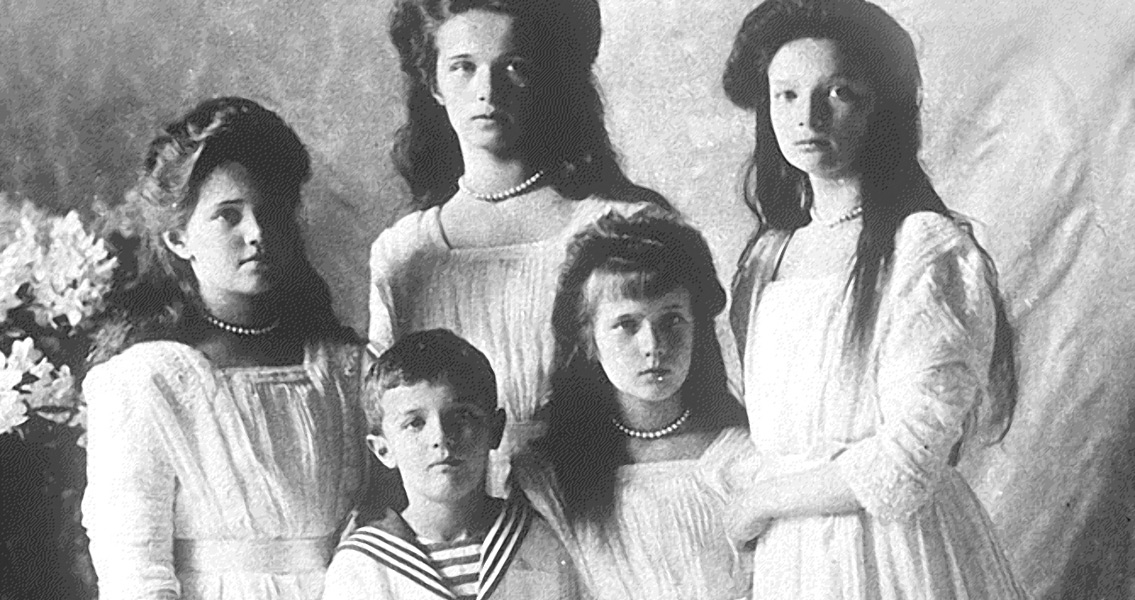<![CDATA[A woman calling herself Anastasia Tschaikovsky arrived in New York City on 6th February, 1928. Immigrants from Europe arriving in New York City was nothing unusual in the 1920s, but Anastasia was different, marking her arrival on US soil with a press conference. Anastasia was in the United States to receive surgery on her broken jaw, an injury she said she had got from a Bolshevik soldier as she escaped the massacre of her family in Yekaterinburg, nine years earlier. The mysterious woman from Europe claimed that she was in fact Anastasia Nikolaevna Romanova, the final surviving daughter of Tsar Nicholas II. The claims opened up an intricate web of conspiracy theories and intrigue that continue to this today. Most official accounts of the demise of the Romanov family state that the Tsar, his wife, five children and members of their entourage were executed on 17th July, 1917, at Ipatiev House near Yekaterinburg. Following the eruption of the Russian Revolution, the Tsar and his family were held under house arrest. One night the whole family were suddenly awoken and taken to the cellar of Ipatiev House by their captors, where they were shot in a hail of gunfire. It is believed the execution took place because the Bolsheviks feared an attempt by the White Army to liberate the royal family as part of a plan to reverse Russia's Communist revolution. Reports from the Bolshevik government were contradictory, initially claiming only Nicholas had been killed, before eventually revealing his whole family suffered the same fate. Rumours almost immediately started to spread through Europe that at least one Romanov had escaped, one theory claiming that the government of the Kaiser in Germany had brokered a deal to save members of Nicholas' family. Throughout Europe people started to claim to be surviving Romanov heirs, likely attempts to fraudulently grab the family's enormous inheritance. Anastasia Tschaikovsky, who eventually took the name Anna Anderson, was different. The son of the Romanov family doctor, Gleb Botkin, backed up her claims, as did Maria Rasputin, the daughter of Grigori Rasputin. Significantly, it was claimed Anderson had a foot deformity identical to Anastasia Romanov, adding further credence to her story. Others who had held a close relationship with the Romanovs reported Anna Anderson had knowledge about the Tsar’s family that could have only been possessed by one of his daughters. Although other relatives of the Romanovs labelled her an imposter, Anna Anderson insisted until her death in 1984 that she was Anastasia Romanova. In the 1990s, posthumous DNA tests proved she wasn’t a Romanov, although there are some who question the validity of those results. Subsequent DNA studies seemingly debunked Anderson’s claims once and for all, putting an end to suggestions that any of the Romanovs had escaped the execution in Yekaterinburg. In 2009, a scientific study pieced together DNA evidence from remains unearthed in two mass graves close to Yekaterinburg, and showed that the Tsar, his wife and his five children, had all been killed and then buried there. Yet the controversy around the fate of Anastasia and the other Romanov children has continued. In 2014, a book written by Russian historian Veniamin Alekseyev questioned the DNA evidence identifying the Tsar’s four daughters: Anastasia and her sisters, Olga, Marie and Tatiana. Alekseyev also claimed to have discovered archived documents which threw doubt on the official accounts of the fate of the Tsar and his family. Close to a century after the shootings at Ipatiev House, for some the fate of Anastasia Romanov and the other daughters of the Tsar is still far from certain. ]]>
Anastasia Arrives in New York
